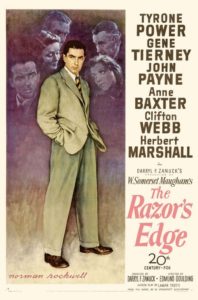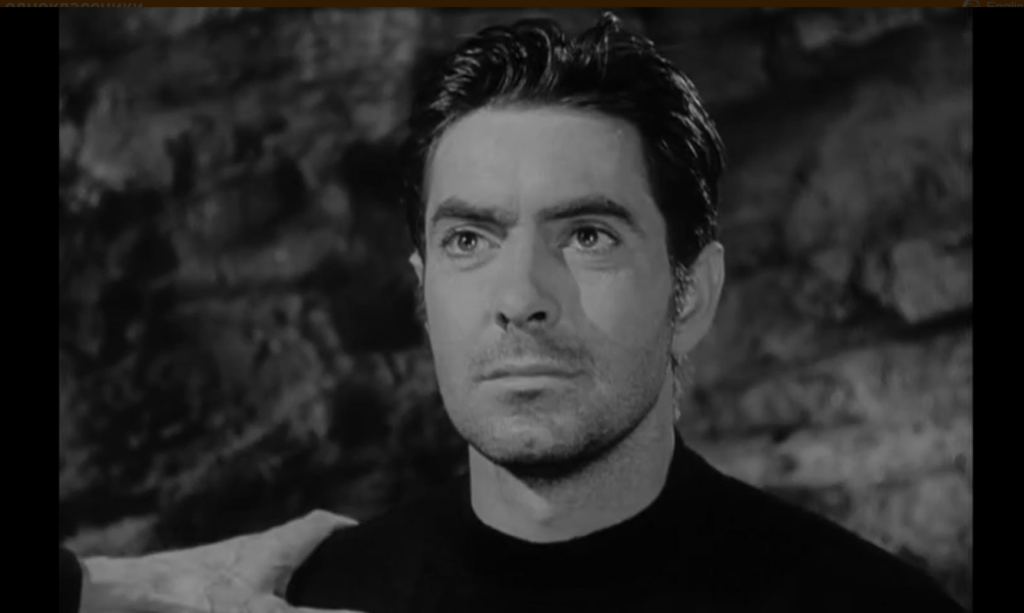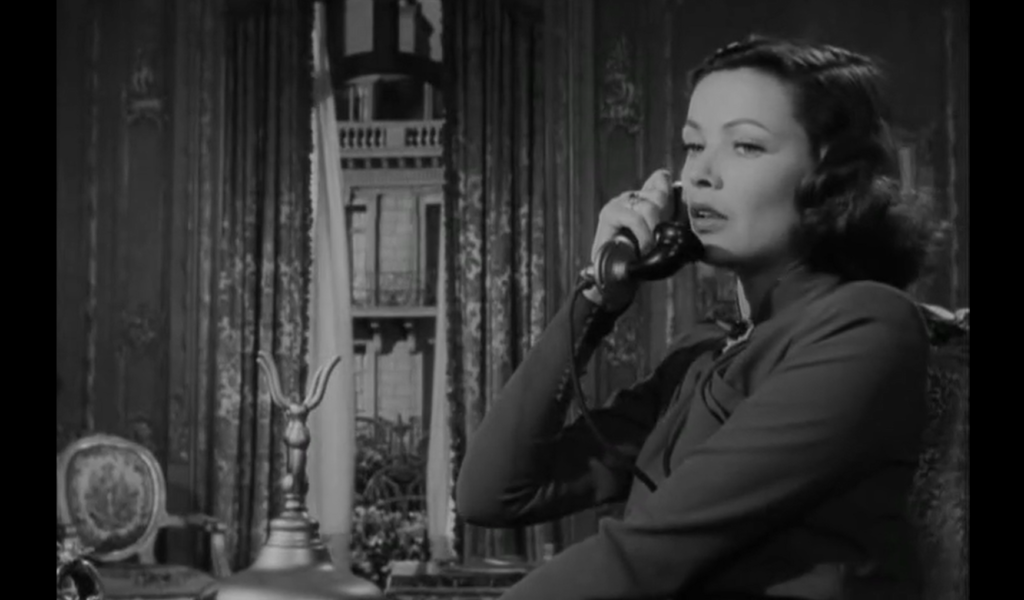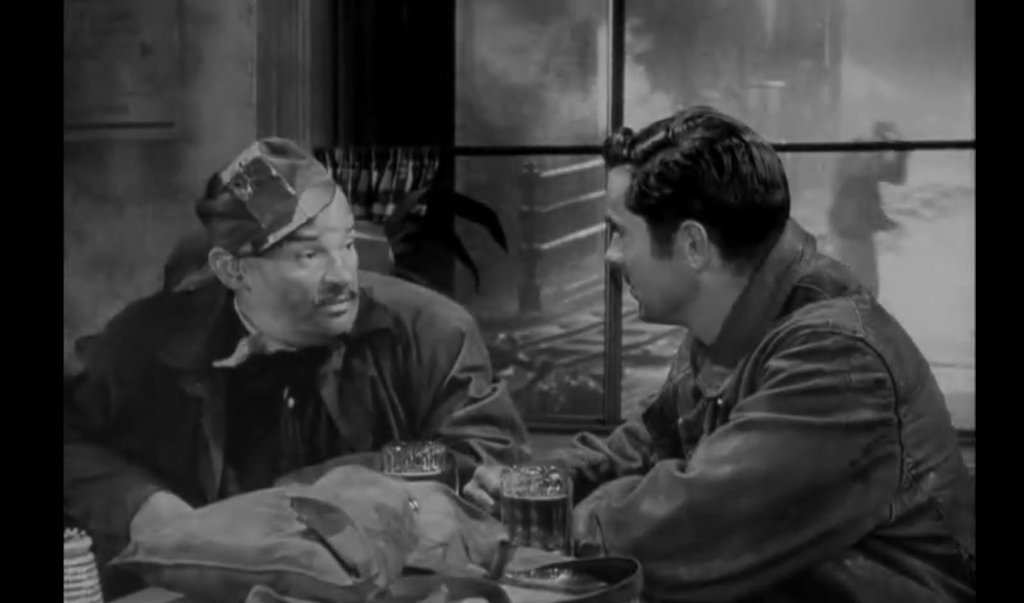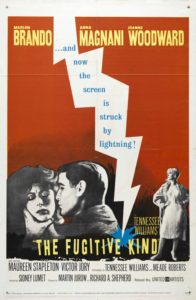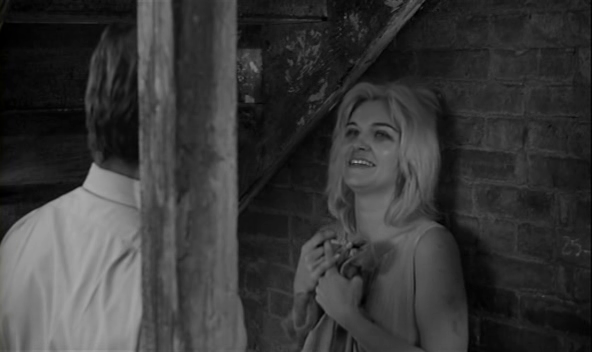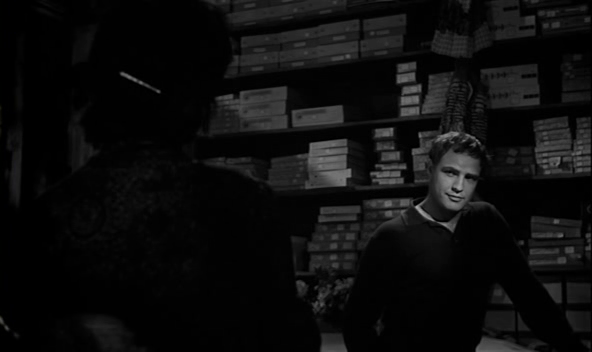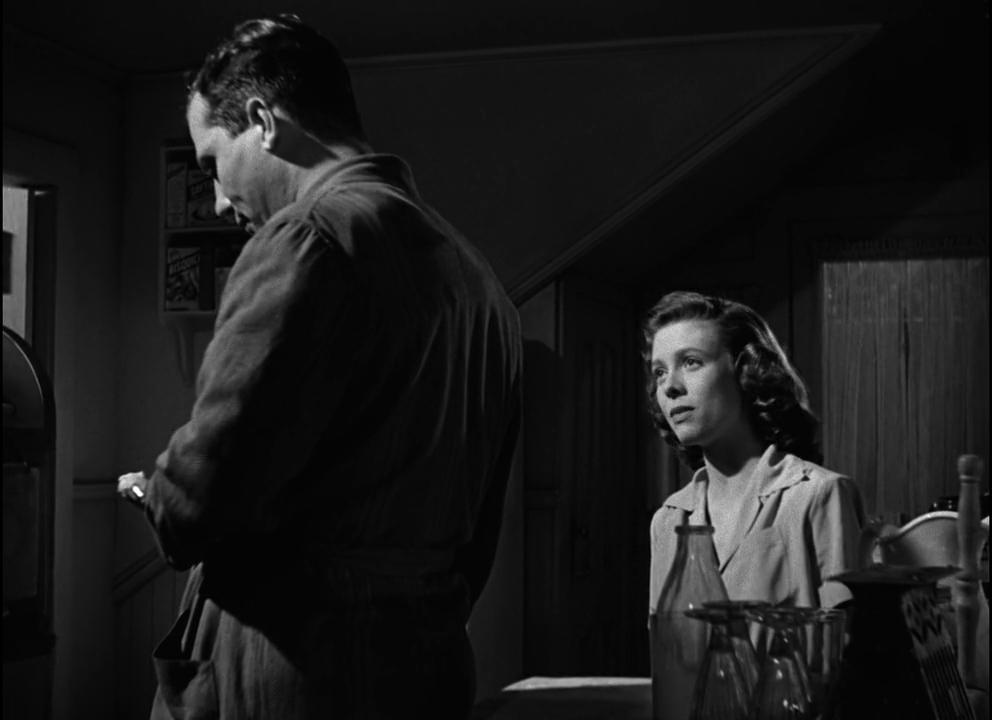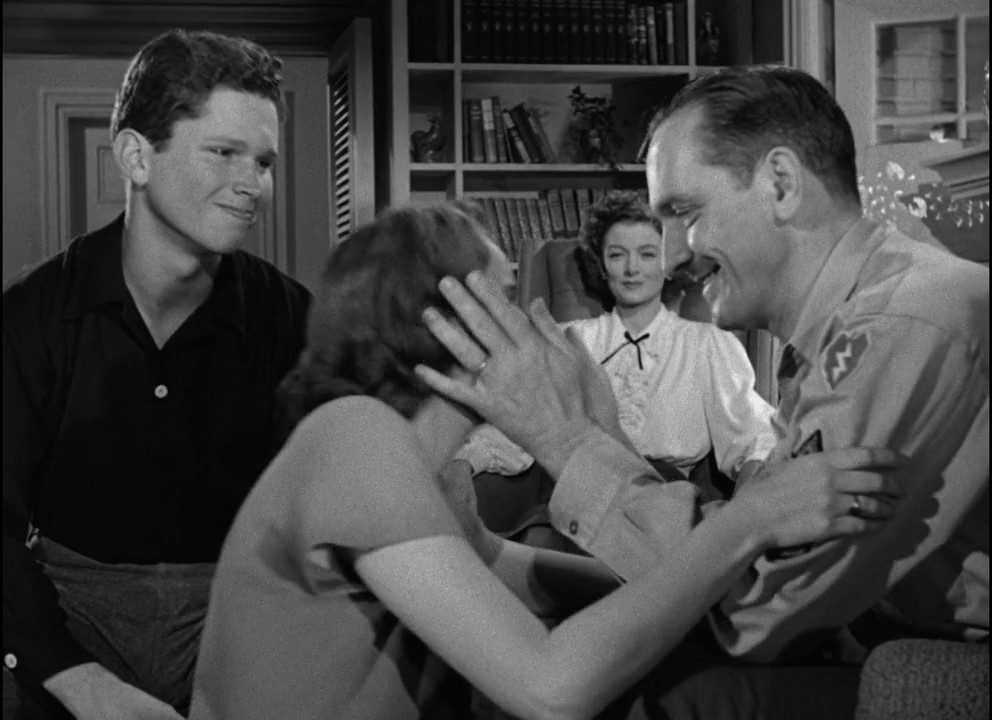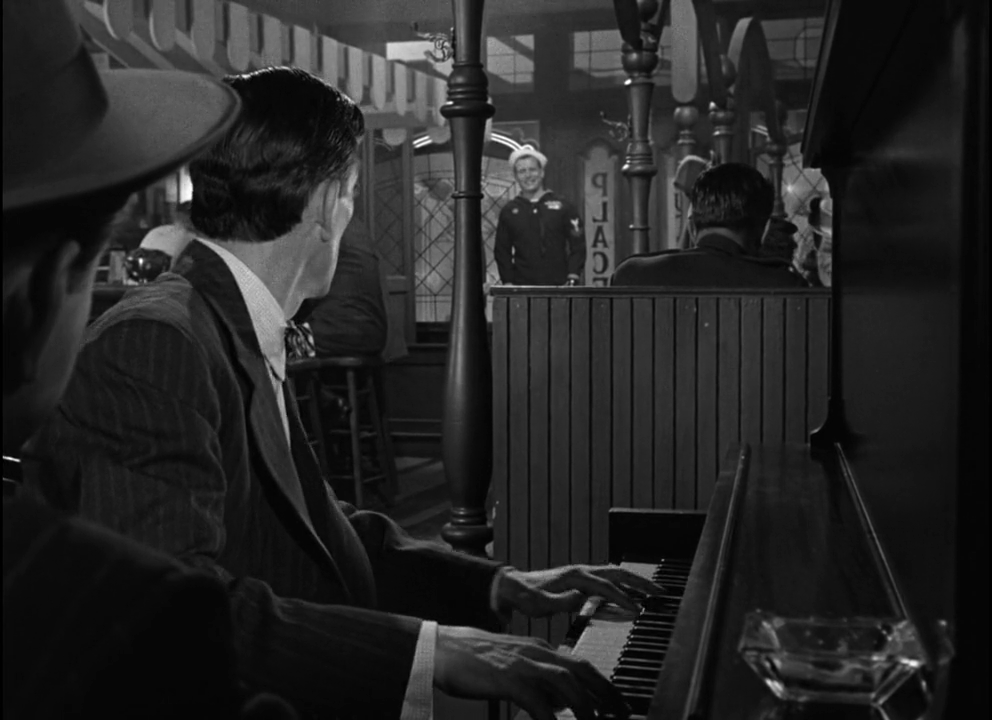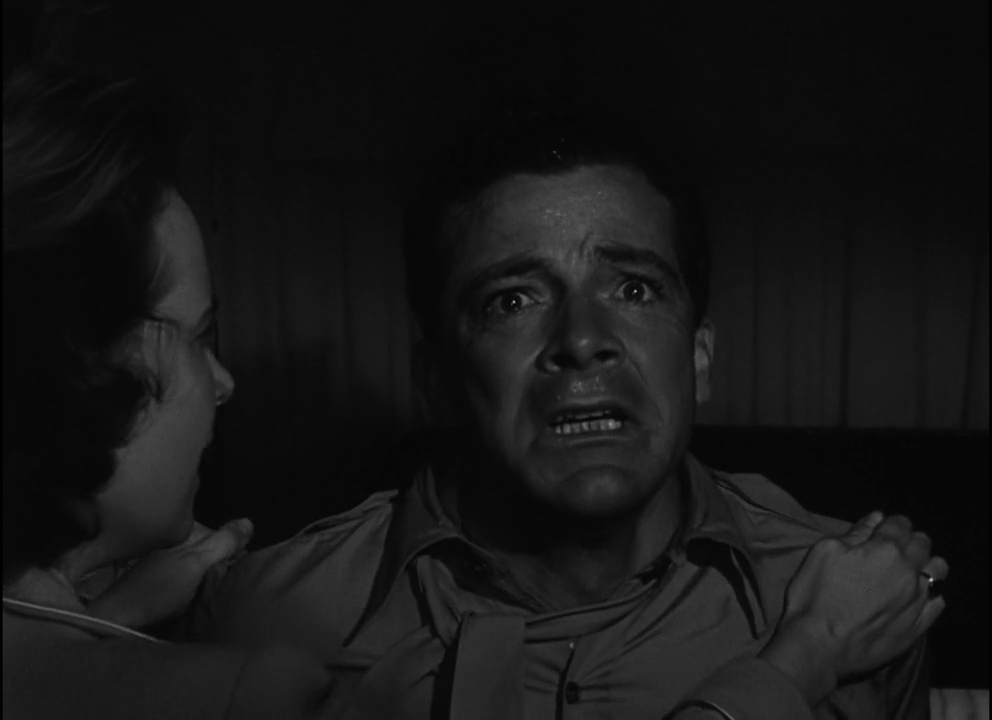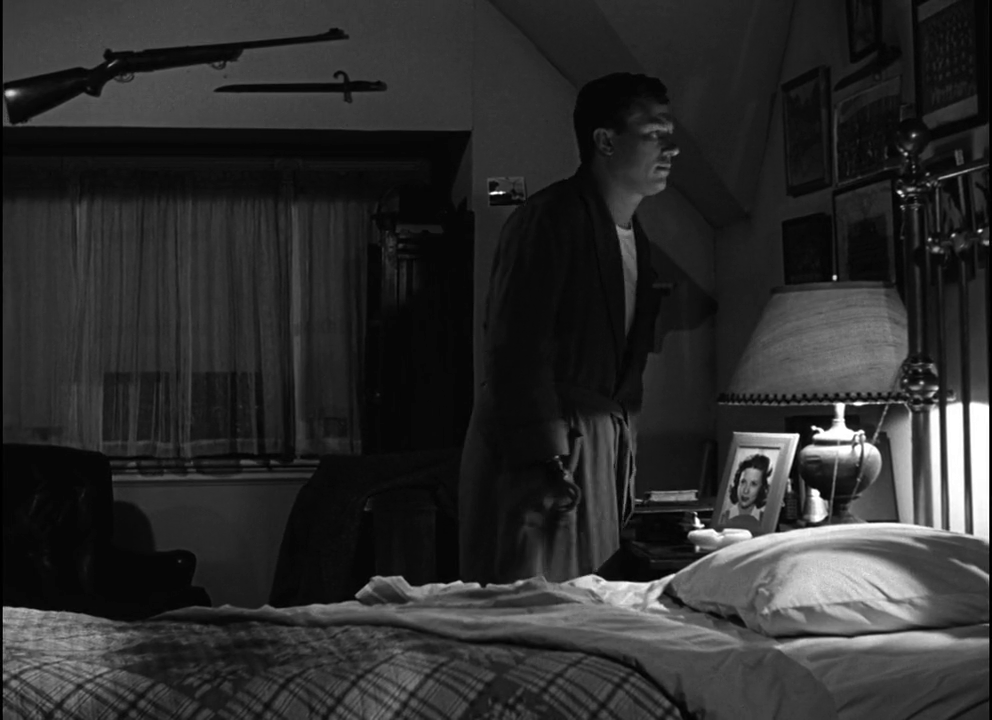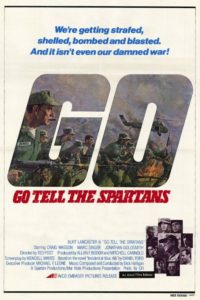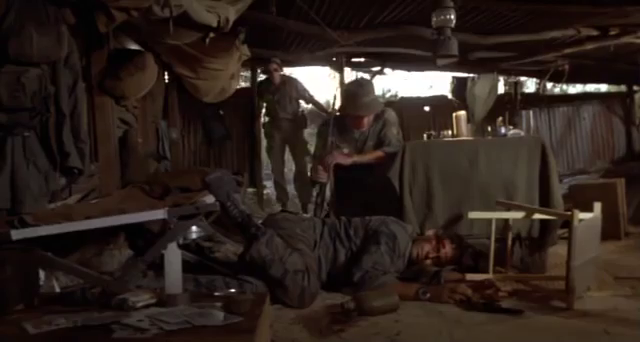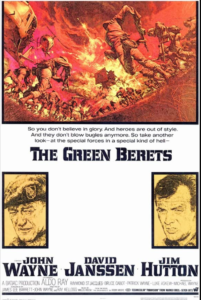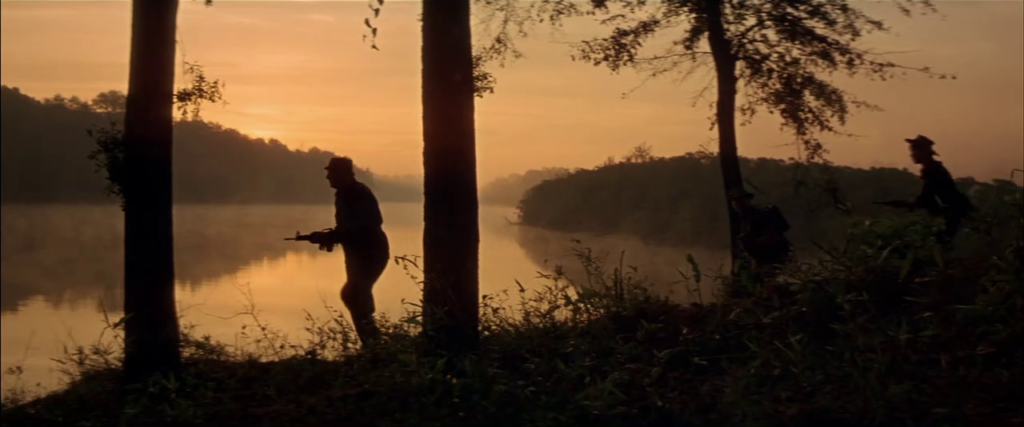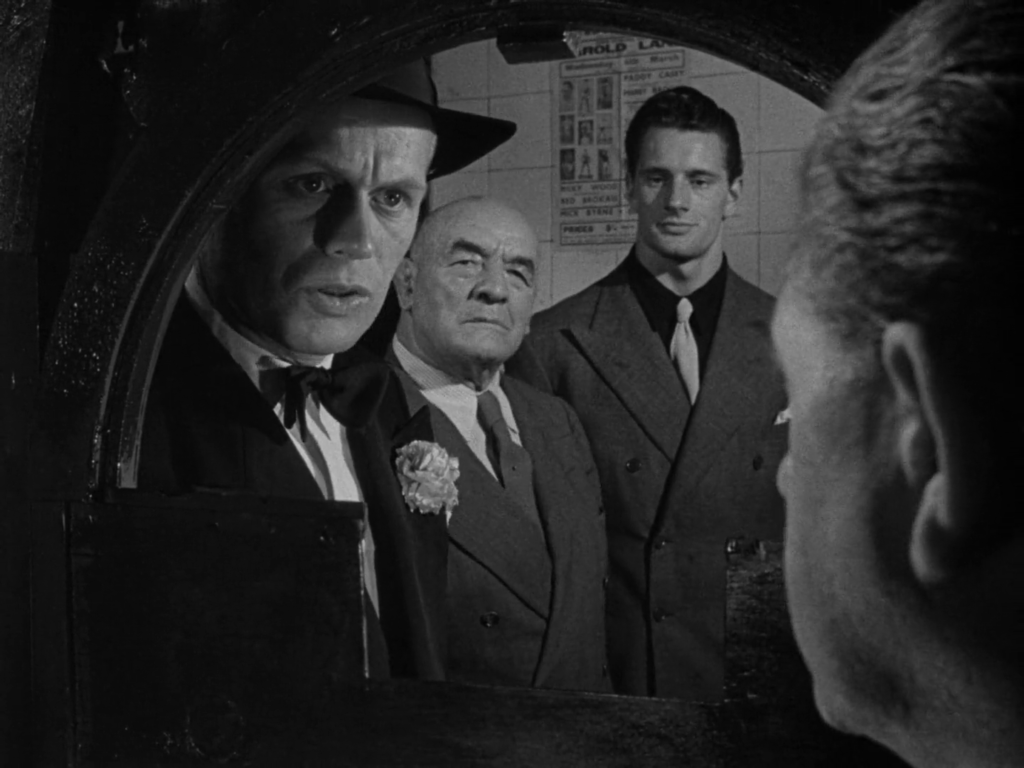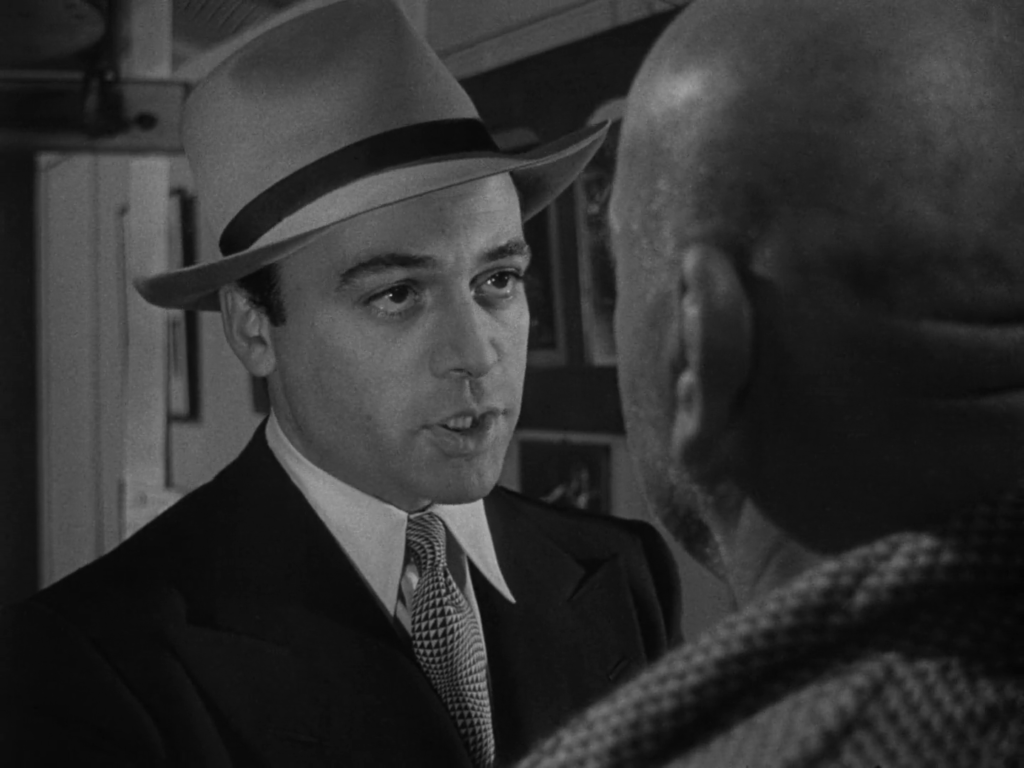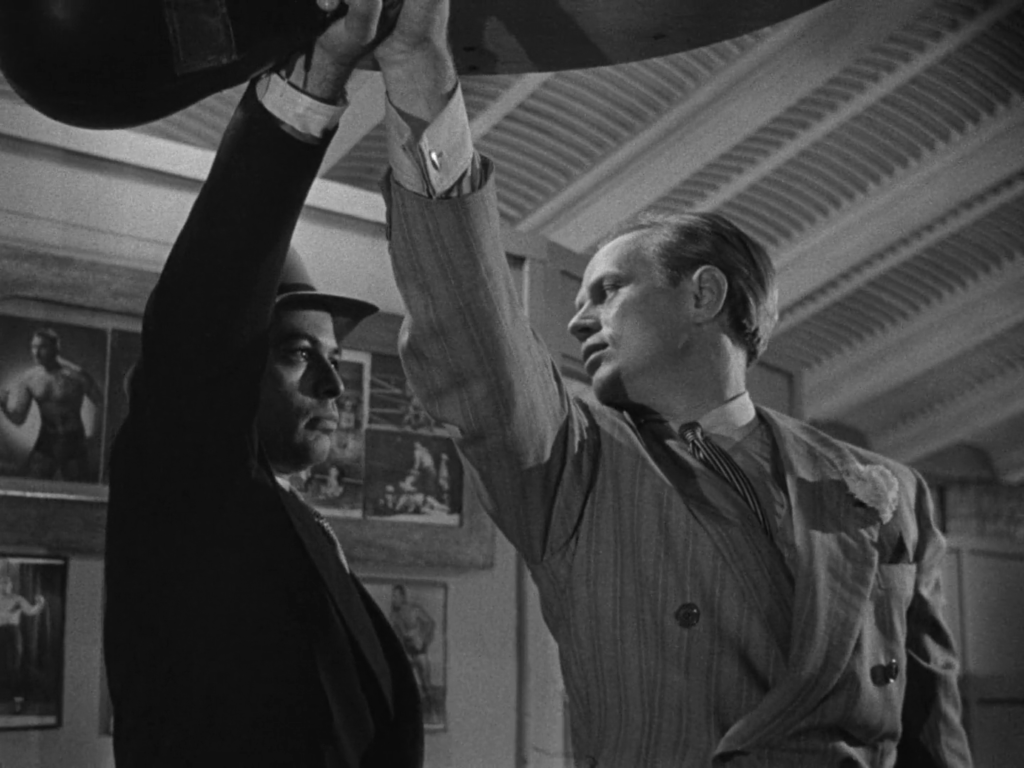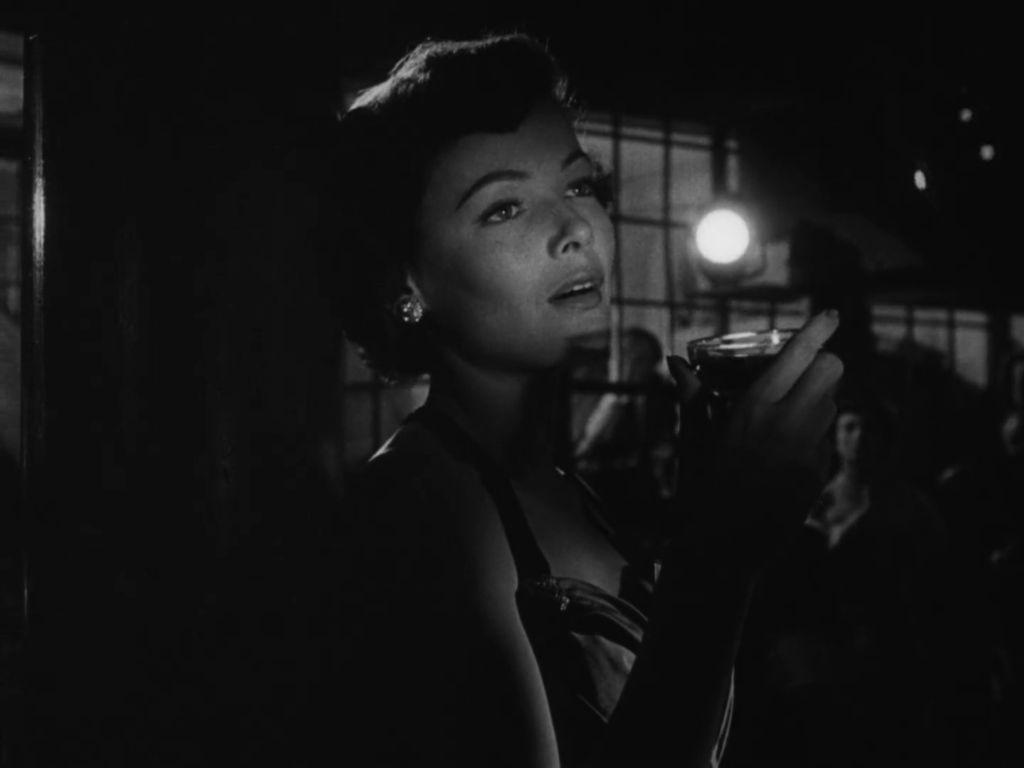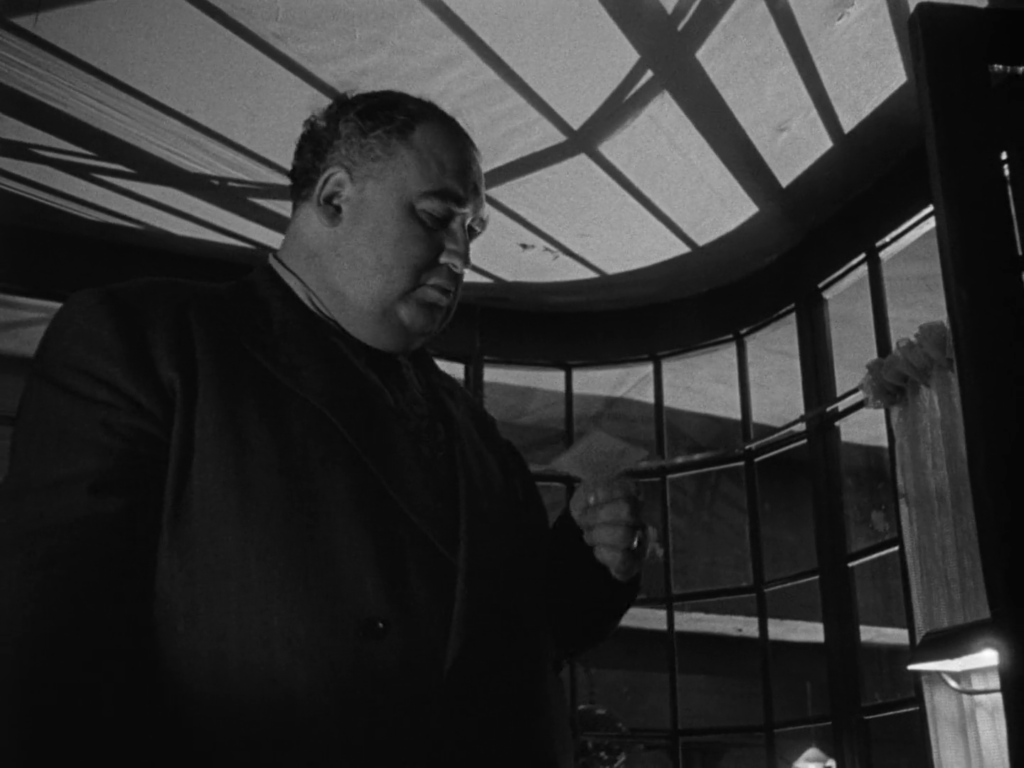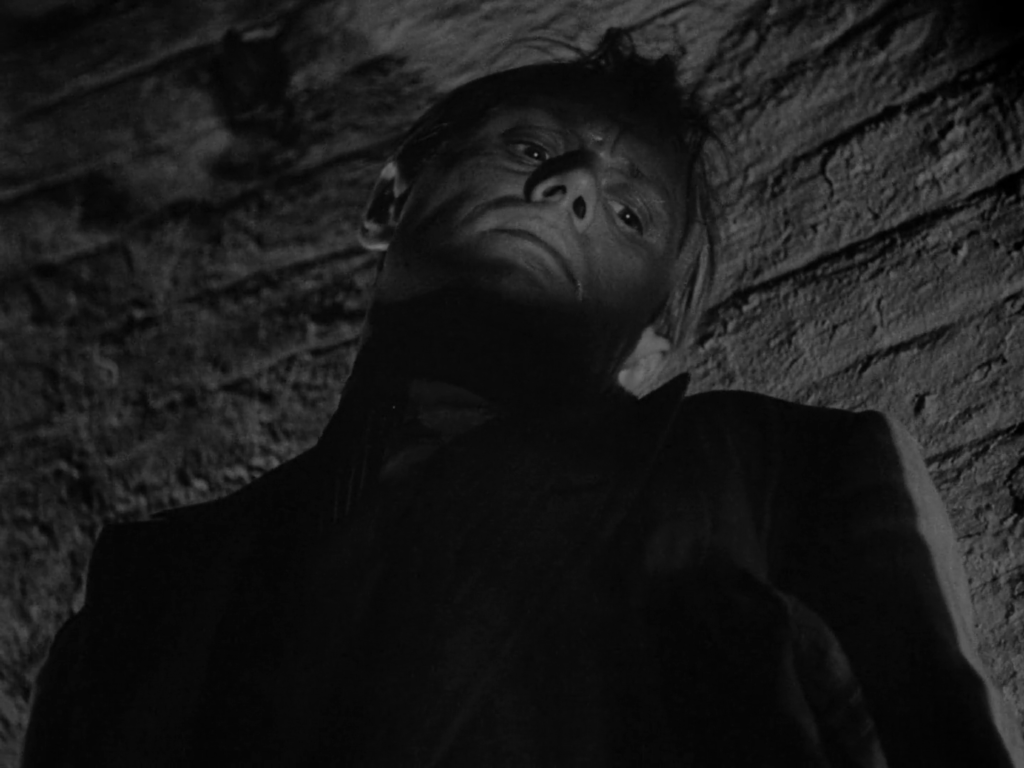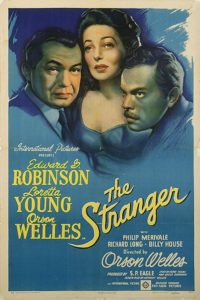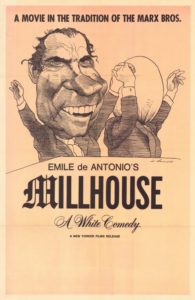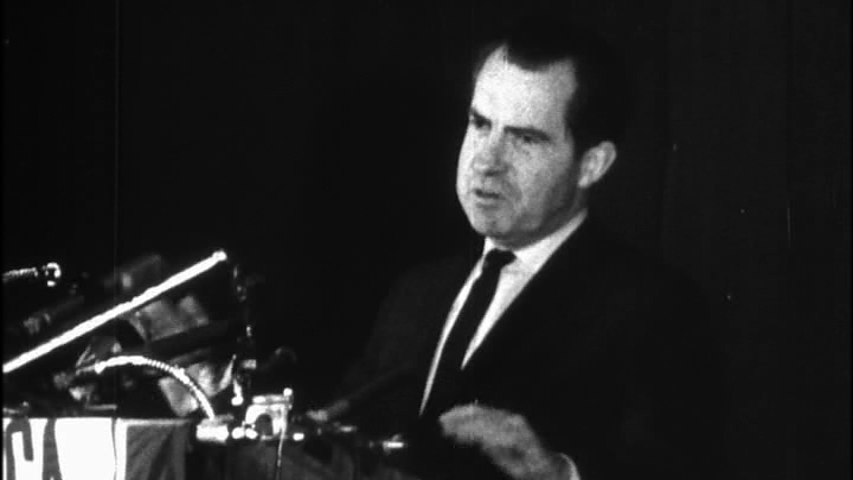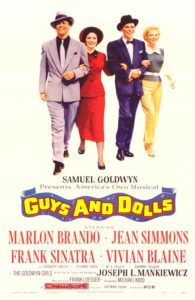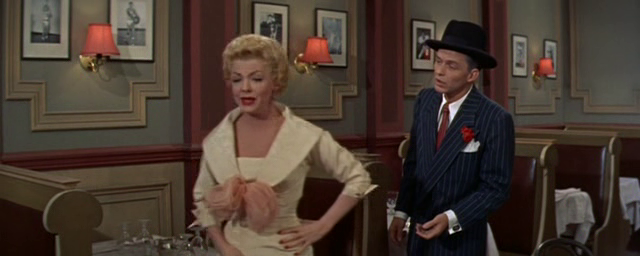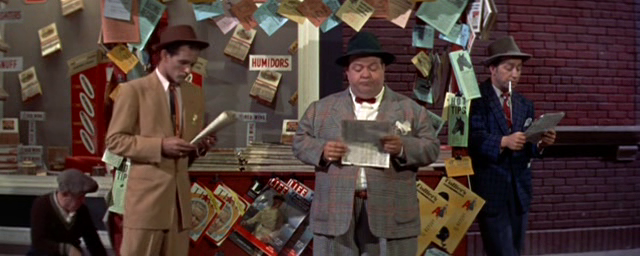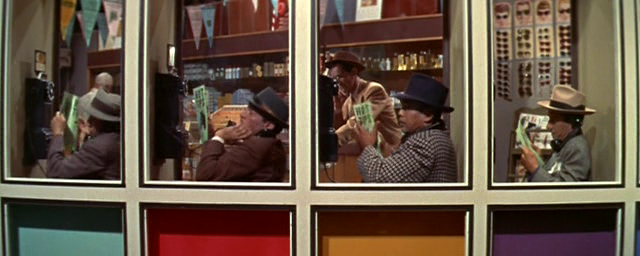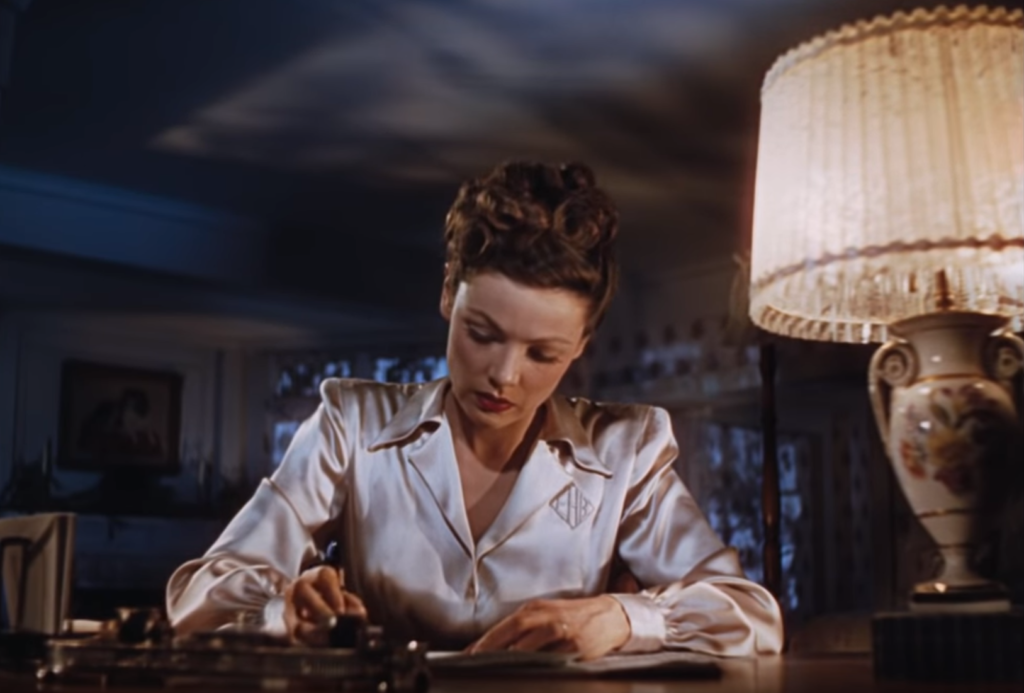|
Genres, Themes, Actors, and Directors:
- Detectives and Private Eyes
- Edward G. Robinson Films
- Fugitives
- Loretta Young Films
- Marital Problems
- Mistaken or Hidden Identities
- Nazis
- Orson Welles Films
- Small Town America
Response to Peary’s Review:
Peary writes that this Orson Welles outing — his third feature after Citizen Kane (1941) and The Magnificent Ambersons (1942) — is “one of several films in the forties in which people suspect that someone in their house isn’t as innocent as s/he appears, joining such pictures as Shadow of a Doubt, Gaslight, The Cat People, The Lodger, Suspicion, and The Spiral Staircase.” He accurately notes that Welles’ “most conventional film isn’t nearly as bad as he thought it was, although it’s not one of his masterpieces”, and that while Welles’ “acting is cockeyed, [he] makes a good, slimy villain, sweating underneath his suit…” He asserts that while “Robinson is a good adversary for Welles”, he wishes “they had a couple more scenes together, sparring with words”, and he argues that “Young’s character is poorly written” and “ridiculously naive” — but I’m actually a fan of both her performance and her character’s emotional trajectory: a dutiful young woman who has just given her body and soul to her new husband would very likely experience the kind of doubt and cognitive dissonance shown here.
Peary concedes that while “the story is still interesting, as is the evocation of smalltown life, far away from the public eye”, the “picture lacks something” — though he “can’t figure out what it is”, noting that “perhaps it’s that the Nazi is not up to any diabolical act at the time Robinson comes to town, so only at the end
[SPOILER]
when Welles decides to murder Young is there any suspense.” However, I disagree: when Welles first meets with Shayne on the campus of the boys’ school where he’s clearly a beloved instructor, he nearly cackles with glee at his ability to cover up his past and craft a nifty new life for himself in a small American town — where, he notes, “I’ll stay… until they day when we strike again.” This is evidence aplenty of both his “diabolical” intentions and beliefs. Meanwhile, “there are novel touches throughout, including the manner in which Welles is done in, and the photography by Russell Metty is atmospheric”. With that said, the screenplay is far from perfect — likely due in part to the fact that 30 minutes of the original film were cut, including 19 minutes from the exposition, and a scene in which Young first meets Welles and walks with him through the town cemetery. However, it’s still worth a one-time look by all film fanatics.
Redeeming Qualities and Moments:
- Loretta Young as Mary
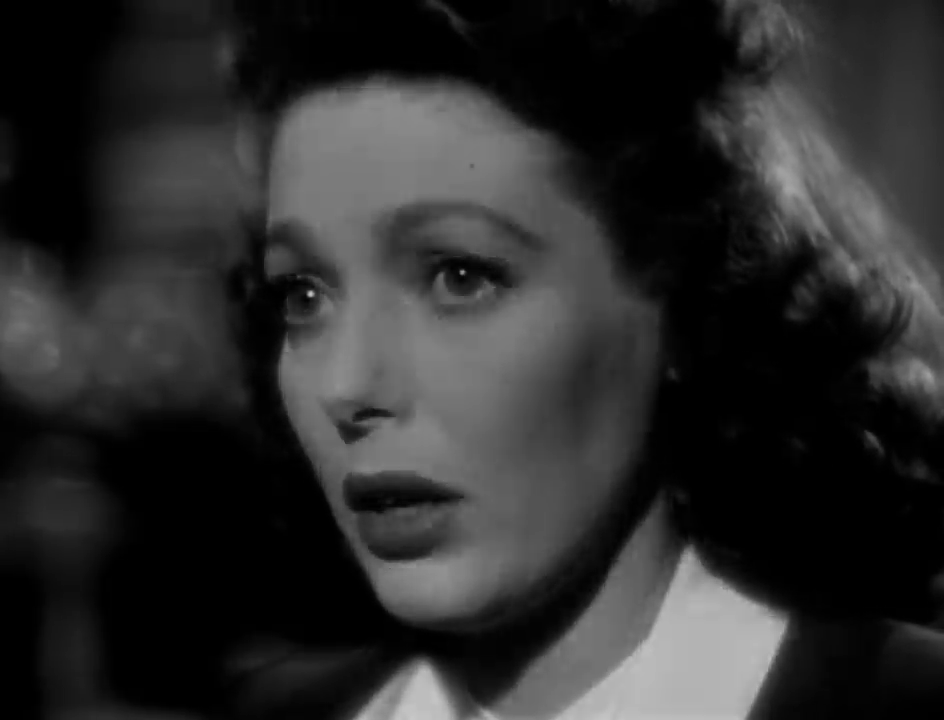
- Billy House in a memorable supporting role

- Russell Metty’s highly atmospheric cinematography
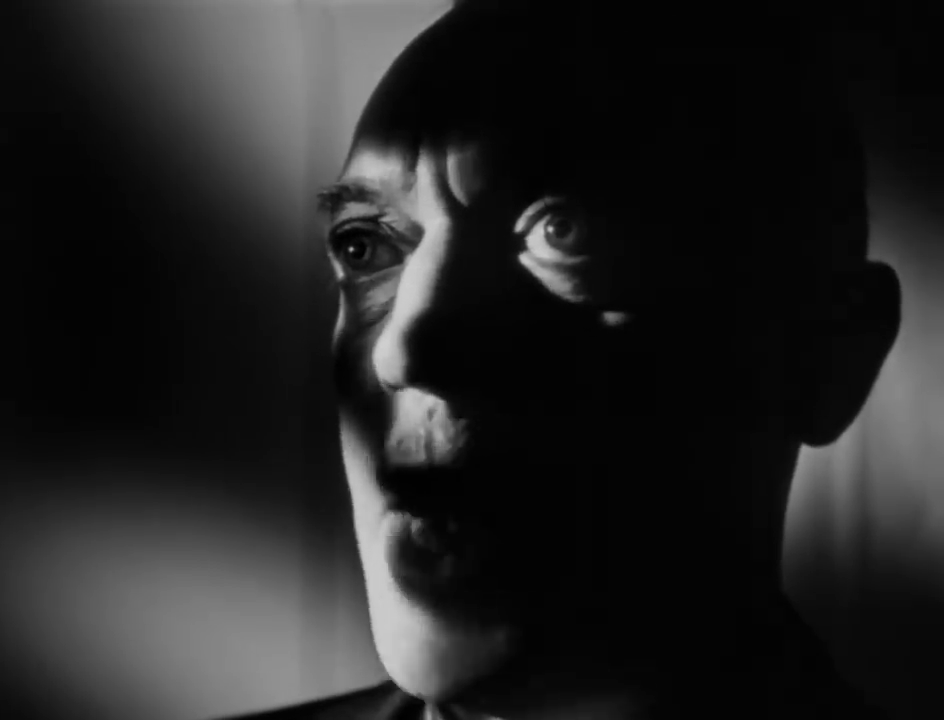
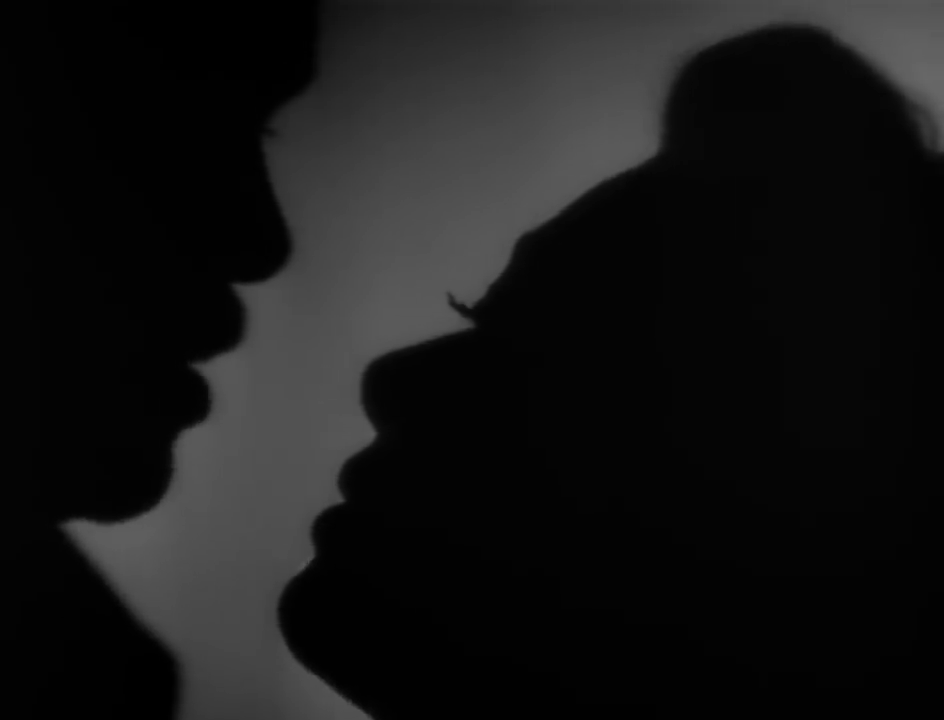

- Many creatively filmed shots and sequences
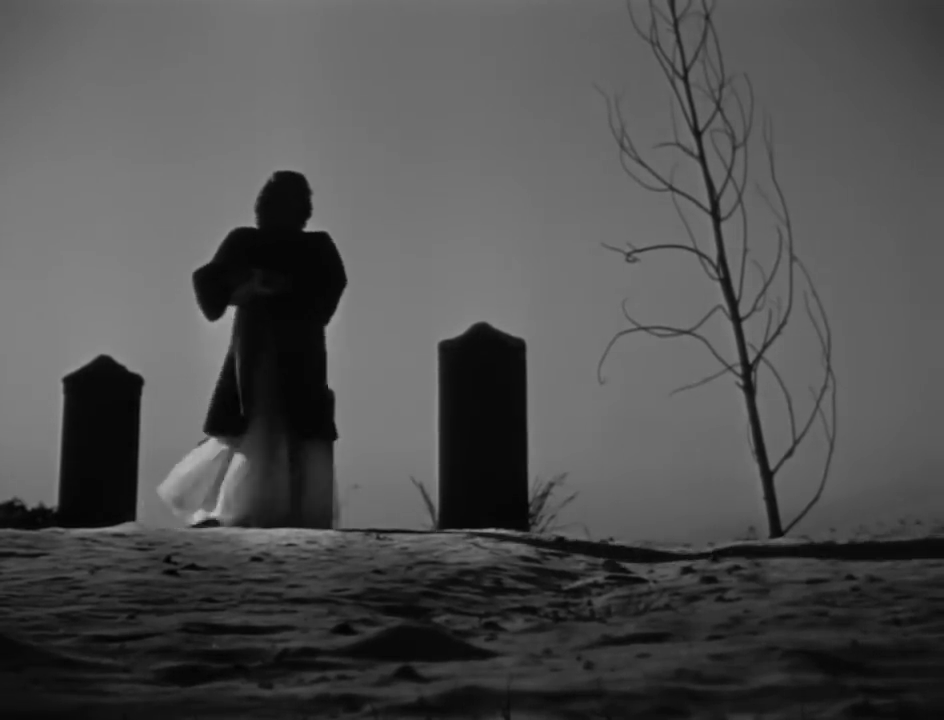
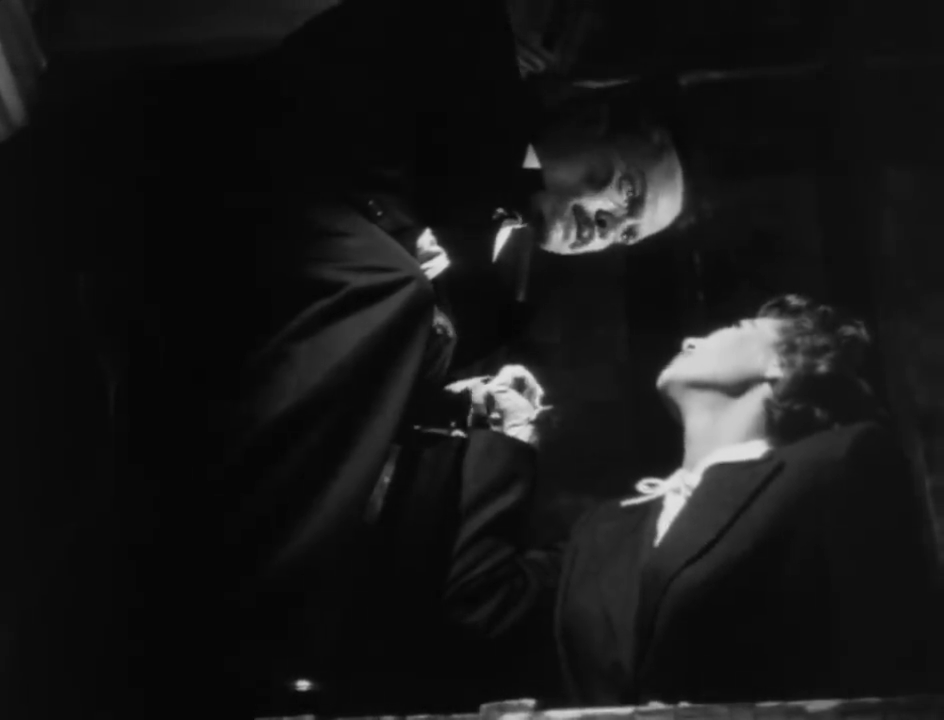
Must See?
Yes, once, as a fine if flawed outing by a master director.
Categories
(Listed in 1001 Movies You Must See Before You Die)
Links:
|
